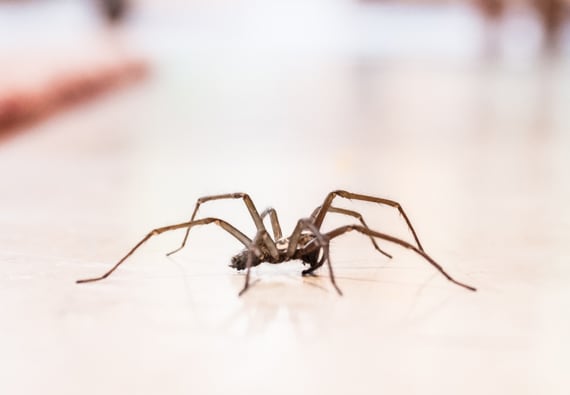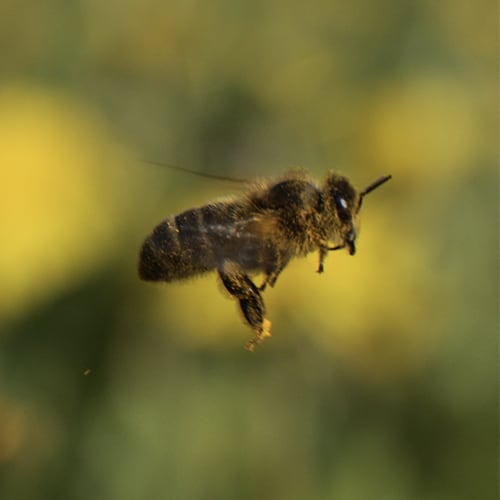When summer comes to a close and fall begins to set in, there are numerous changes to account for. From the dips in temperature to preparing your home and family for the string of holidays, autumn is pretty much the definition of change. And that goes for the critters of the world too, because there’s a new round of pests that may affect you and your homes as we move into cooler months.
For the most part, pests like flies and mosquitoes die off in the fall and winter. Unfortunately, though, many of the pests that wreak havoc on your lawns and homes in the summer start to move inside in the fall, and that’s because many of these pests can’t survive outdoors as temperatures drop.
“Insects don’t technically hibernate in winter but many go into diapause, a dormant state that allows them to withstand cold temperatures,” said Brian Kunkel, a University of Delaware entomologist. This technique allows many of the pests you see thriving in the summer to survive some of the harshest winters.
With this in mind, let’s take a look at pests you should be looking out for as the fall season rolls in.




